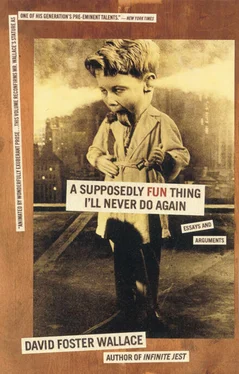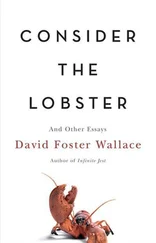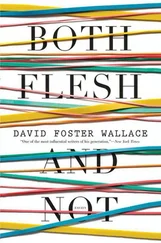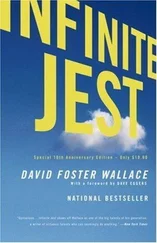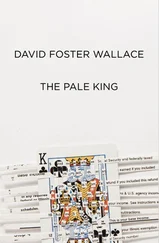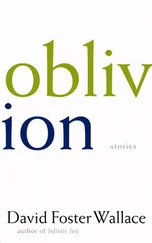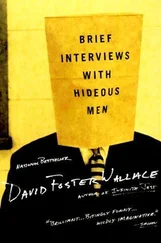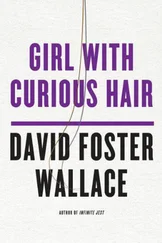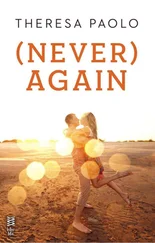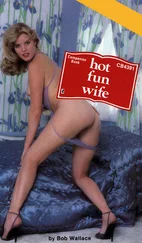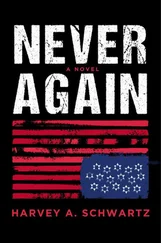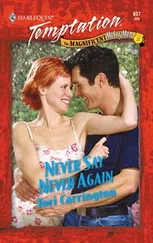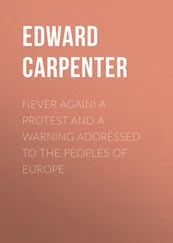The afternoon becomes one long frisson of stress. I’m sure we’ll miss something crucial. Native C. has zinc oxide on her nose and needs to get back home to pick up her kids. Plodding, elbowing. Seas of Fairgoing flesh, all looking, still eating. These Fairgoers seem to gravitate only to the crowded spots, the ones with long lines already. No one’s playing any East-Coast games of Beat the Crowd. Midwesterners lack a certain cunning. Under stress they look like lost children. But no one gets impatient. Something adult and potentially integral strikes me. Why the Fairgoing tourists don’t mind the crowds, lines, noise — and why I’m getting none of that old special sense of the Fair as uniquely For-Me. The State Fair here is For- Us . Self-consciously so. Not For-Me or — You. The Fair’s deliberately about the crowds and jostle, the noise and overload of sight and smell and choice and event. It’s Us showing off for Us.
A theory: Megalopolitan East-Coasters’ summer vacations are literally getaways, flights-from — from crowds, noise, heat, dirt, the neural wear of too many stimuli. Thus ecstatic escapes to mountains, glassy lakes, cabins, hikes in silent woods. Getting Away From It All. Most East-Coasters see more than enough stimulating people and sights M-F, thank you; they stand in enough lines, buy enough stuff, elbow enough crowds, see enough spectacles. Neon skylines. Convertibles with 110-watt sound systems. Grotesques on public transport. Spectacles at every urban corner practically grabbing you by the lapels, commanding attention. The East-Coast existential treat is thus some escape from confines and stimuli — silence, rustic vistas that hold still, a turning inward: Away. Not so in the rural Midwest. Here you’re pretty much Away all the time. The land here is big. Pool-table flat. Horizons in every direction. Even in comparatively citified Springfield, see how much farther apart the homes are, how broad the yards — compare with Boston or Philly. Here a seat to yourself on all public transport; parks the size of airports; rush hour a three-beat pause at a stop sign. And the farms themselves are huge, silent, mostly vacant space: you can’t see your neighbor. Thus the vacation-impulse in rural IL is manifested as a flight- toward . Thus the urge physically to commune, melt, become part of a crowd. To see something besides land and corn and satellite TV and your wife’s face. Crowds out here are a kind of adult nightlight. Hence the sacredness out here of Spectacle, Public Event. High school football, church social, Little League, parades, Bingo, market day, State Fair. All very big, very deep deals. Something in a Mid-westerner sort of actuates at a Public Event. You can see it here. The faces in this sea of faces are like the faces of children released from their rooms. Governor Edgar’s state spirit rhetoric at the Main Gate’s ribbon rings true. The real Spectacle that draws us here is Us. The proud displays and the paths between them and the special-treat booths along the paths are less important than the greater-than-sum We that trudge elbow to elbow, pushing strollers and engaging in sensuous trade, expending months of stored-up attention. A neat inversion of the East-Coast’s summer withdrawal. God only knows what the West Coast’s like.
We’re about 100 yards shy of the Poultry Building when I break down. I’ve been a rock about the prospect of Open Poultry Judging all day, but now my nerve totally goes. I can’t go in there. Listen to the untold thousands of sharp squawking beaks in there, I say. Native Companion not unkindly offers to hold my hand, talk me through it. It’s 93° and I have pygmy-goat shit on my shoe and am almost weeping with fear and embarrassment. I sit down on one of the green pathside benches to collect myself while N.C. goes to call home about her kids. I’ve never before realized that “cacophony” was onomatopoeic: the noise of the Poultry Bldg. is cacophonous and scrotum-tightening and totally horrible. I think it’s what insanity must sound like. No wonder madmen clutch their heads and scream. There’s also a thin stink, and lots of bits of feather are floating all over. And this is outside the Poultry Bldg. I hunch on the bench. When I was eight, at the Champaign County Fair, I was pecked without provocation, flown at and pecked by a renegade fowl, savagely, just under the right eye, the scar of which looks like a permanent zit.
Except of course one problem with the prenominate theory is that there’s more than one Us, hence more than one State Fair. Ag-people at the Livestock barns and Farm Expo, non-farm civilians at the food-booths and touristy exhibits and Happy Hollow. The two groups do not much mix. Neither is the neighbor the other pines for.
Then there are the carnies. The carnies mix with no one, never seem to leave Happy Hollow. Late tonight, I’ll watch them drop flaps to turn their carnival booths into tents. They’ll smoke cheap dope and drink peppermint schnapps and pee out onto the Midway’s dirt. I think carnies must be the rural U.S.’s gypsies — itinerant, insular, swarthy, unclean, not to be trusted. You are in no way drawn to them. They all have the same hard blank eyes as people in bus terminal bathrooms. They want your money and to look up your skirt; beyond that you’re just blocking the view. Next week they’ll dismantle and pack and haul up to the Wisconsin State Fair, where they’ll again never set foot off the Midway they pee on.
The State Fair is rural IL’s moment of maximum community, but even at a Fair whose whole raison is For-Us, Us’s entail Thems, apparently. The carnies make an excellent Them. And the ag-people really hate them, the carnies. While I’m sitting there on the bench disassociating and waiting for N. Companion to come back, all of a sudden an old withered guy in an Illinois Poultry Association cap careers past on one of those weird three-wheeled carts, like a turbo-charged wheelchair, and runs neatly over my sneaker. This ends up being my one unassisted interview of the day, and it’s brief. The old guy keeps revving his cart’s engine like a biker. “ Traish ” he calls the carnies. “Lowlifes. Wouldn’t let my own kids go off down there on a goddamn bet,” gesturing down the hill at the twirling rides. He raises pullets down near Olney. He has something in his cheek. “Steal you blind. Drug-addicted and such. Swindle you nekked, them games. Traish. Me I ever year we drive up, why, I carry my wallet like this here,” pointing to his hip. His wallet is on a big steel clip attached to a wire on his belt; the whole thing looks vaguely electrified.
Q: “But would they want to? Your kids I mean. Would they want to hit the Hollow, ride the rides, eat all-butter fudge, test various skills, mingle a little?”
He spits brownly. “ Hail no. We all come for the shows.” He means the Livestock Competitions. “See some folks, talk stock. Drink a beer. Work all year round raising ‘em for showbirds. It’s for pride. And to see folks. Shows’re over Tuesday, why, we go on home.” He looks like a bird himself. His face is mostly nose, his skin loose and pebbly like poultry’s. His eyes are the color of denim. “Rest of all this here’s for city people.” Spits. He means Springfield, Decatur, Champaign. “Walk around, stand in line, eat junk, buy soovners. Give their wallet to the traish. Don’t even know there’s folks come here to work up here,” gesturing at the barns. He spits again, leaning way out to the side of the cart to do it. “We come up to work, see some folks. Drink a beer. Bring our own goddamn food. Mother packs a hamper. Hail, what they’d want to go on down there?” I think meaning his kids. “Ain’t no folks they know down there.” He laughs. Asks my name. “It’s good to see folks,” he says. “We all stayin’ up to the mo tel. Watch your wallet, boy.” And he asks after my tire-treaded foot, very politely, before peeling out toward the chicken din.
Читать дальше
